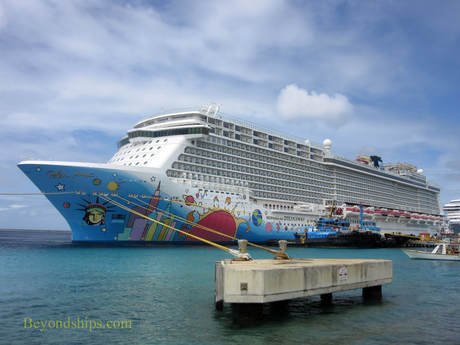 The centerpiece of Norwegian Breakaway's art collection is not hard to find. It is a work by Peter Max which covers 40,000 square feet of the ship's hull. "The artwork is a composite of New York City and cosmic imagery - -the Statue of Liberty, the Manhattan skyline, a giant sunburst, planets, stars, and musical notes. That's my New York! And now Norwegian Breakaway is my New York cruise ship 'canvas.'" Mr. Max has explained. Although several of the Norwegian Cruise Line ships that preceded Breakaway had colorful murals painted on their hulls, Breakaway was the first ship to have a mural by a well-known established artist on her hull. Mr. Max rose to prominence in the 1960s with his pop art images that captured the spirit of the psychedelic 60s. From that base, he continued to develop a distinctive colorful style through series involving images of the Statue of Liberty and the American flag as well as celebrity portraits. He has also found commercial success being designated Official Artist of five Super Bowls, six Grammy Awards, World Cup USA, The World Series, the United Nations Earth Summit, and numerous other events. His work has also been reproduced on the cover of the Yellow Pages and on a U.S. Postage stamp. The Breakaway project was not Mr. Max's first large scale work. Prior to undertaking the project for Norwegian, he had painted a 777 airliner for Continental Airlines and had designed a 600 foot stage for the Woodstock Music Festival. Of course, Mr. Max did not take a sable-hair brush down to the Manhattan piers and paint the sides of the ship. Rather, he created the design for the work which was then reproduced on the hull of the ship when it was under construction at the Meyer Werft shipyard in Germany. Being outdoors, subject to ocean waves and the blasting of salt spray, Mr. Max's mural is in a hostile environment. In order to maintain the work, Breakaway's crew regularly sprays the hull with fresh water to remove the accumulated salt. When the ship is in port, standing on rafts and using long handled rollers, they also re-touch the paint. This work is done by the sailors of Breakaway's deck department. Mr. Max did not confine his vision to off-the-shelf colors of marine paint. Therefore, Breakaway carries a supply of unique colors needed to maintain the mural. You also see images by Mr. Max inside the ship. Breakaway devotes a considerable amount of its public space to Park West Galleries, which sells works by Mr. Max as well as works by other artists. Naturally, given the ship's connection to Mr. Max, his works are often featured and on display. However, these works belong to the concessionaire rather than to the ship. Finding works that belong to the ship is more difficult, The staircases and elevator lobbies where cruise ships often display their art collections are decorated with mirrors and photographic images of travel destinations on Breakaway. There are reproductions and photographs in the various specialty restaurants and bars. However, these are part of the décor of those venues rather than a serious art collection. But there is an art collection. There is a giant modern chandelier in the atrium that pulses and changes colors in a variety of combinations creating different images and atmospheres. Forward on one of the public decks is an installation with (paper?) butterflies in a cornucopia shape. Also, in the Taste and Savor restaurants are a number of contemporary paintings that appear to be originals. I liked a series of paintings in Taste that look like monochromatic abstractions at first glance but on further study are scenes looking up at the surface of the sea from below. Unfortunately, there is no signage by these works crediting the artists or discussing the works. It is disappointing that Breakaway does not have any ocean liner art like there is on Norwegian's Jewel class ships. Having owned the SS Norway (formerly SS France) and the SS United States, Norwegian has a strong connection to ocean liner history. But on Breakaway, Norwegian essentially cedes this subject matter to Cunard. Along the same lines, although the line uses the slogan “cruise like a Norwegian,” there is no Norwegian art or design on Breakaway, essentially ceding this area to Viking Cruises. With such a rich heritage, it seems like these are missed opportunities. Above left: Sailors maintaining the Peter Max mural on Norwegian Breakaway.
Above right: Breakaway's atrium chandelier changes color. Below left: The butterfly installation. Below right: A painting in the Taste restaurant. I recently participated in a painting class on Norwegian Breakaway. Entitled Canvas By U, these classes are part of the entertainment programming throughout the Norwegian Cruise Line fleet. These painting classes are a popular activity. Guests must sign up beforehand for a class. This is done via a list in the ship's library. The daily program announces the time when the list will open. On the voyage that I was on, the sign-ups began as soon as the staff member in charge of the library arrived in the morning. Within a few minutes, all of the places are usually filled despite the $35 per class fee.. There are only a dozen or so places for each class. I was told that to have more places would dilute the experience as the instructor would not be able to give enough time to each participant. The number of classes held on each cruise varies. Typically, the classes are held on days when the ship is at sea. Therefore, as a general rule, the more sea days on a given cruise, the greater the number of classes. However, the art classes have to compete with other activities for space and staff so it is not automatic that there will be a class on every sea day. Rather than having professional artists teach the classes, Breakaway uses members of the ship's activities staff who have received training in how to present these classes. While their knowledge of art technique may be limited, they are experienced in working with people and in making activities enjoyable. An effort is made to assign the classes to members of the activities staff who have an interest in art but the instructor for any given class could be any member of the activities staff. The class I attended was held in the Headliners comedy club. Two rows of tables with easels and blank canvases were arranged around the small stage. On the stage was a table with a similar set-up. In addition, there was an easel with a completed painting. Each participant's objective in this class was to make his or her own version of the painting displayed on the stage. The instructor emphasized that while everyone would be painting the same subject, each participant's end-product was to be his or her own painting. Therefore, everyone was encouraged to use their creativity and make whatever variations they wanted. The painting that served as the model in my class was a picture of a tropical island at sunset. It had a colorful red sky, ocean, sand and a grove of palm trees. Different paintings are used as the model for different classes. Thus, a guest could participate in several classes without repeating the same painting. The instructor took the class through the process of painting this picture step-by step. Beginning with the island, she pointed out what color(s) to use, how to mix the paint with water, and which brush to use. She then moved on to painting the sky, the sea, and finally the palm trees. To make these paintings, each participant was equipped with a tray with dollops of a half dozen (tempera) colors, two brushes and a 12 by 16 inch canvas board. In addition, each had a disposable apron and gloves. As the participants painted, the instructor moved about making suggestions and encouraging remarks. There was little conversation between the participants as each was very intent on his or her own painting. From what I could gather, most of the people participating in the class had little or no experience with painting. However, all were interested in painting and were keen to experience what it is like to create a painting. Some displayed a natural talent for painting. All seemed to display a sense of accomplishment as the class drew to a close. “Within Genres” at the Perez Art Museum Miami relates works from the museum's permanent collection to the categorizes (genres) into which European art was divided from the Renaissance into the 19th century. Inasmuch as the museum's permanent collection focuses on modern and contemporary art, it relates recent art to these traditional categories.
In their heyday, the traditional genres were used not just to group and categorize works of art but as a hierarchy. For example, history painting was considered a higher form of artistic endeavor than still life painting or landscapes. The museum asserts that this hierarchy “was challenged in the 19th century with the development of modernism and the avant garde.” Actually, the genre hierarchy was challenged earlier in the 19th century by the Impressionists and by artists such as JMW Turner but in any case, the old academic hierarchy is no longer recognized today. While the hierarchy no longer exists, art is still influenced by the traditional genres. In six exhibit rooms, the museum uses works from its permanent collection to illustrate that recent art can still be related to the traditional categories: Still Life; Landscapes; Scenes of Everyday Life; Portraiture and History Painting. We see that 20th and 21st century artists are still producing works that can be categorized as still lifes, landscapes, scenes of everyday life, portraits and works relating to history. In addition, we see that their approach of these different categories covers a wide range from the traditional to abstraction to concept pieces. The materials used range from traditional oil on canvas to video and installations. While the concept of the exhibit is clearly valid, the exhibit is let down by the small number of works used to illustrate each genre. Contemporary art's roots into the past are more numerous and diverse than the examples show. For example, with the exception of Domingo Ramos' masterful “Landscape with Palm Trees.” (1936) realism during the 20th century is essentially unrepresented. Moreover, the recent move toward realism in contemporary art is all but ignored despite its relation to the art of the past. Still, there are a number of gems in the exhibit. As the museum's signs note, Diego Rivera's “Naturaleza muerta” is a beautiful still life in the tradition of Cezanne. Along the same lines, the signs point out that Roy Lichenstein's abstract silk screen “Water lilies with willows” has roots extending to Monet. Of course, neither Cezanne nor Monet was a traditional academic painter but that just shows that earlier artistic rebels were also influenced by the traditional genres. Like more recent artists, they took their own approach to these genres. 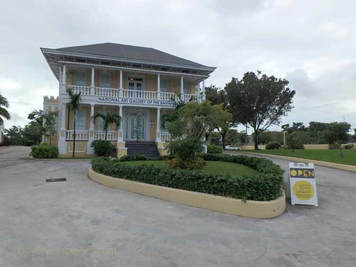 Visitors to The Bahamas mostly come for its great beaches, snorkeling, shopping and of course, the weather. However, there is also a deeper side to these islands and that ongoing story is being told at the National Art Gallery of the Bahamas in Nassau. (See our profile of the NAGB) The mission of the National Art Gallery is to develop, collect, and promote a national collection of art for the benefit of Bahamians and the international audience. The easy course for a museum with such a mandate to have taken would have been to view it as a license to go out and collect art from all over the world which would then serve as a general educational tool just as a library purchases books from all over the world. Instead, the museum has chosen to develop and showcase Bahamian art. In doing this, the museum has placed itself in the midst of the conversation about what it means to be Bahamian. Topics such as colonialism, independence, tourism, religion, race, class and immigration are among the many topics dealt with by Bahamian artists. The museum does not impose its own views on these topics but rather lets the artists speak. To illustrate, one form of art that developed before independence in 1973 is picturesque scenes of the islands' natural beauty and scenes of everyday life. Some in the Bahamian art community criticize such works as presenting a superficial view of the islands and catering to "neo-colonial" exploitation of the Bahamas by the tourist industry. However, this uniquely Bahamian art can be viewed as analogous to the American Hudson River School, which showcased to the world the beauty of the young United States without going into the social and political issues then-facing the young nation. Just as the Hudson River works are recognized as valid and important art so too the Bahamanian picturesque. The National Art Gallery provides a forum for such conversations. This does not mean that only Bahamians will be interested in the National Art Gallery. By the end of my visit to the museum, I felt that I knew much more about the complexity of the Bahamian people and the issues they face. This added dimension to my visit to these islands. Furthermore, the works were visually appealing. Because the museum is interested in the full span of Bahamian art, it does not specialize in one particular movement or style of art. During my visit, I saw works that were traditional European style landscapes, contemporary realism, abstract art, folk art, sculpture, conceptual art and works that combined elements of African, European and Caribbean influences. One element that recurred throughout the exhibitions I saw was strong use of color. Perhaps this is a result of the light in the Bahamas, perhaps it is emotion, perhaps it is tradition, perhaps it is a desire to speak boldly but it does seem to be a unifying element. I particularly liked the strong use of color in Ricardo Knowles' “Turtle Cliff”, Dorman Stubbs' “Flamingos” and Lynn Pavoritti's “Mangrovia.” The National Art Gallery of the Bahamas is not a store-front operation but rather a first class facility. It is housed in the historic Villa Doyle. Located just down the street from Government House, Villa Doyle was built as a mansion by Sir William Doyle in the 1860s and served as the home of the first Chief Justice of the Bahamas. It was enlarged by Sir Arthur Moore in the 1920s, becoming one of the premier residences of Nassau. After the colonial era ended, it fell into disrepair. However, in a seven year restoration project, it was transformed into an art museum while preserving the exterior architecture. It was a pleasure to stroll around the landscaped grounds and observe the building. It is particularly commendable for the government and people of the Bahamas to have made such a commitment to art. Few other nations in the greater Caribbean have made such an investment. However, not only does the NAGB provide a vehicle for cultural self-examination by Bahamians but it also lets visitors see that this is a multi-faceted country with great creativity. |
AuthorRich Wagner is a writer, photographer and artist. Archives
November 2018
Categories
All
|
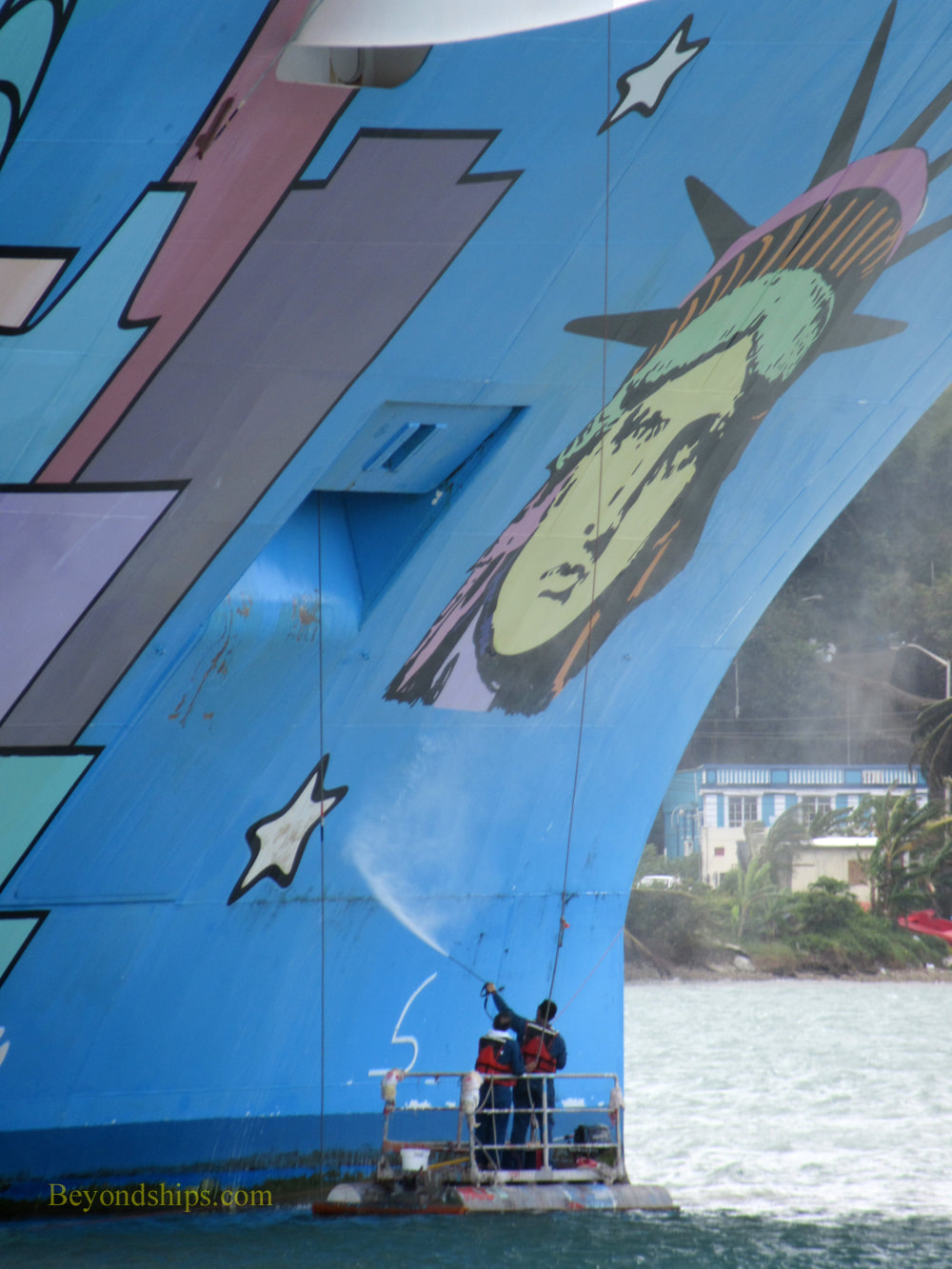
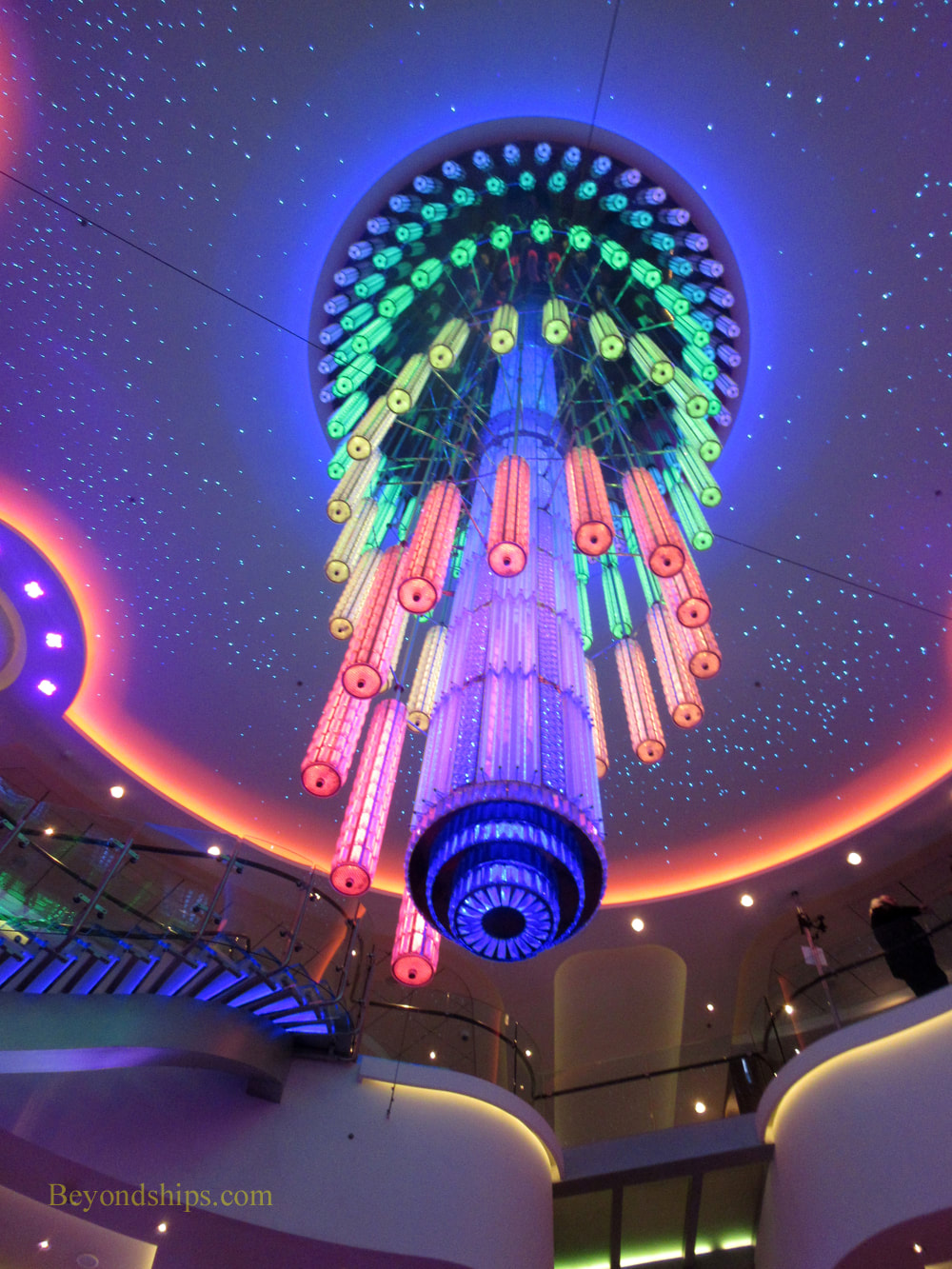
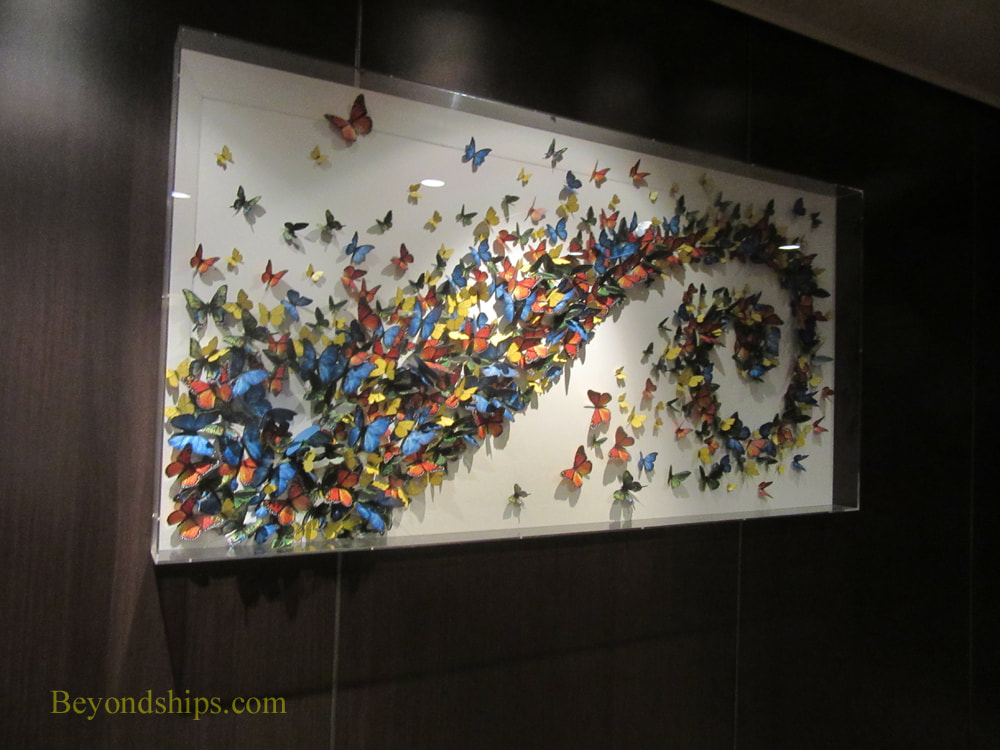
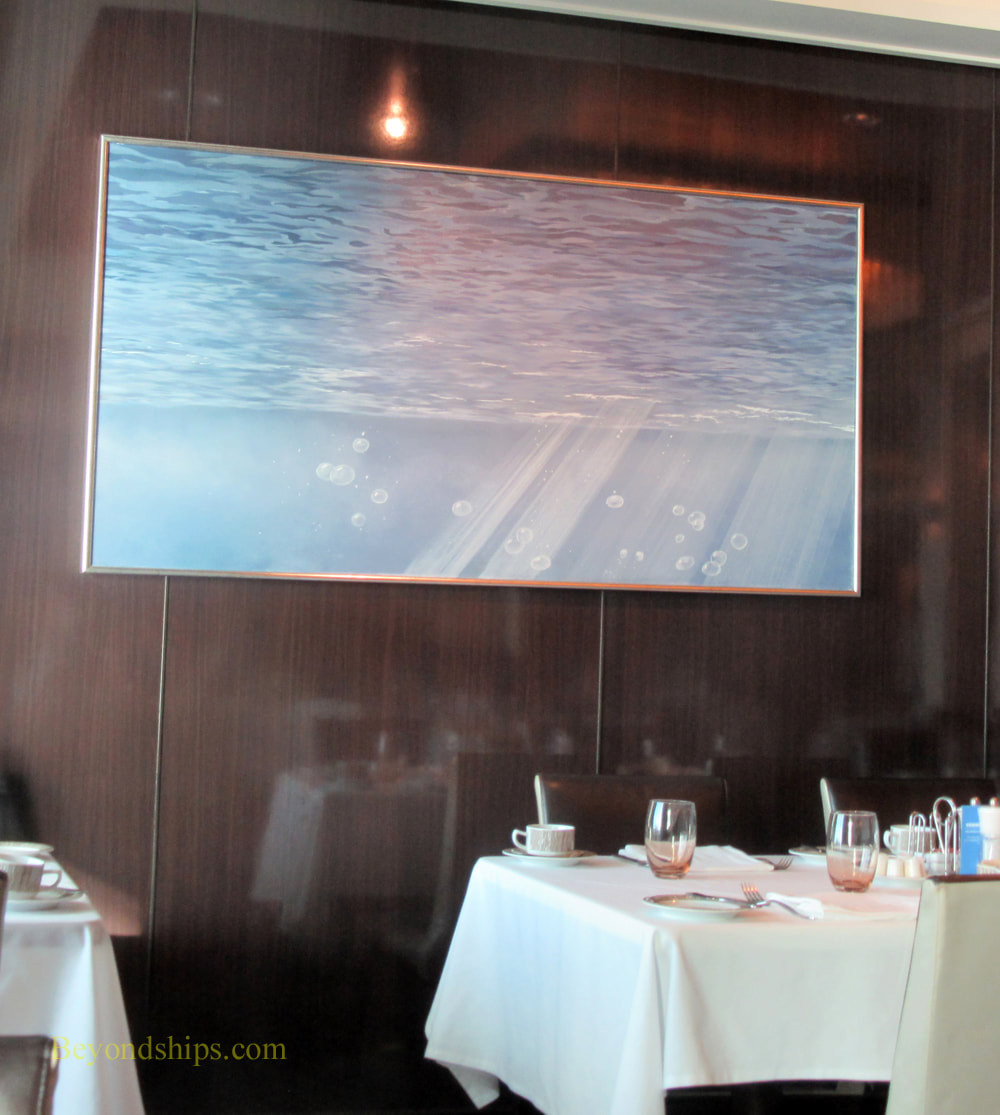
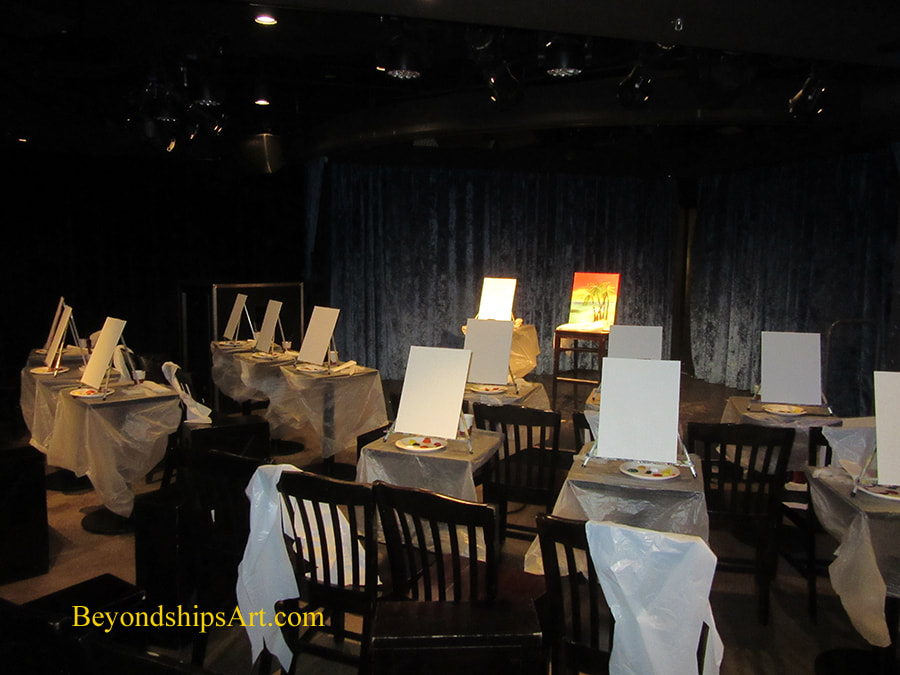
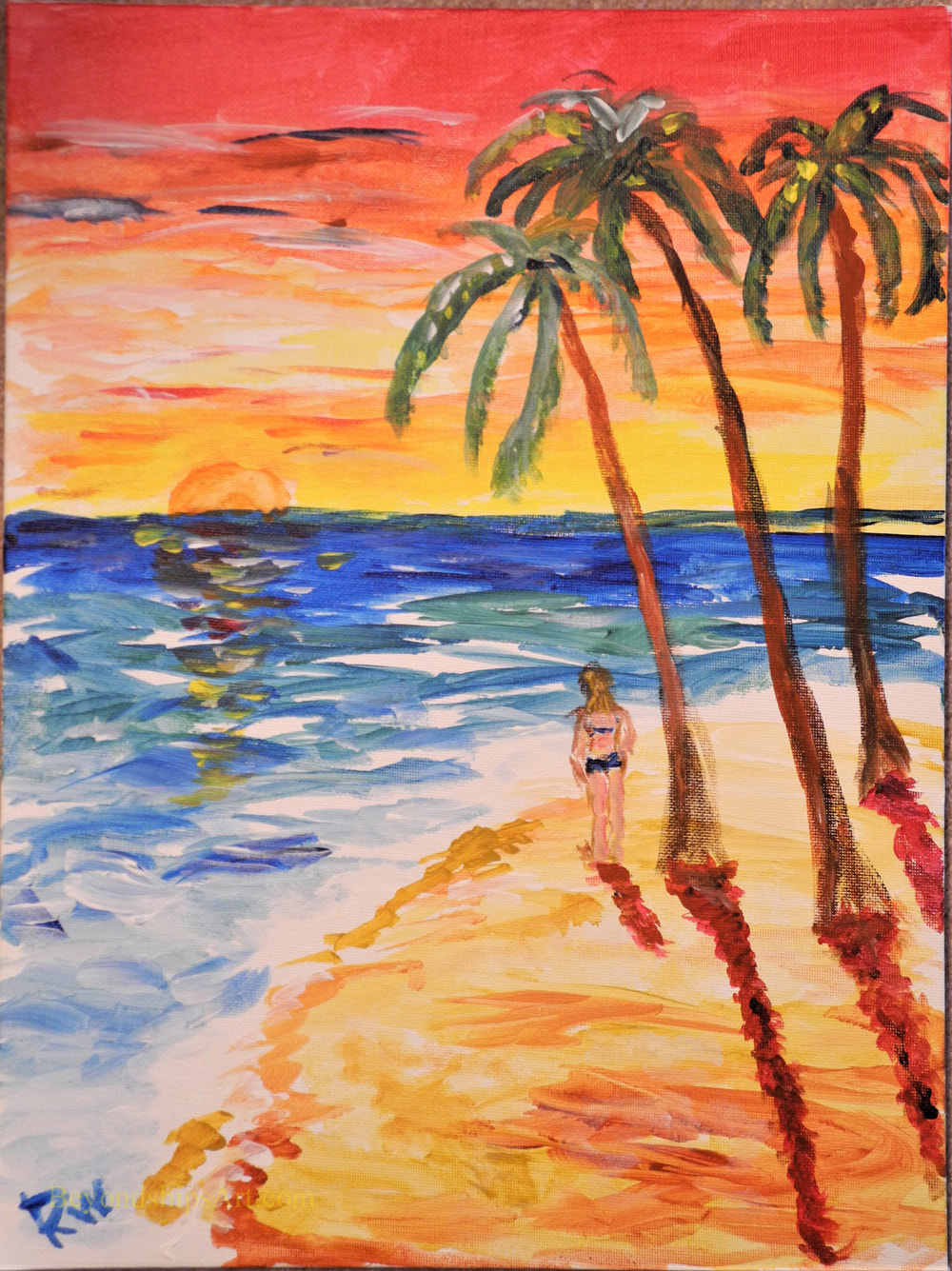
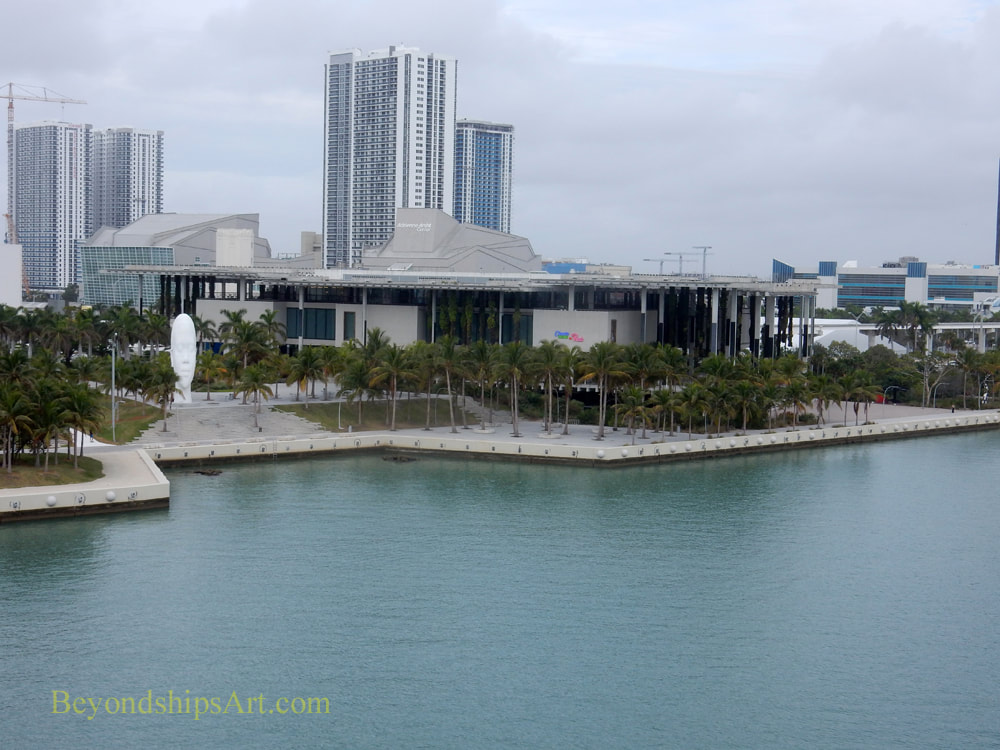
 RSS Feed
RSS Feed